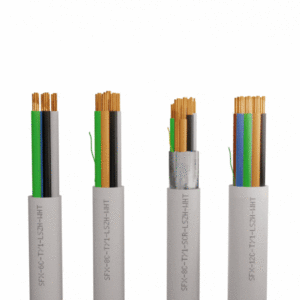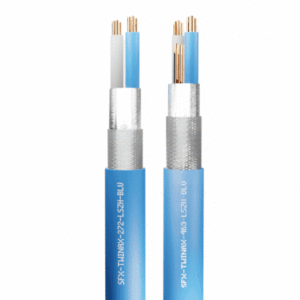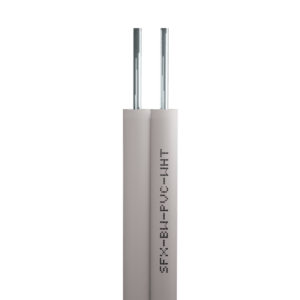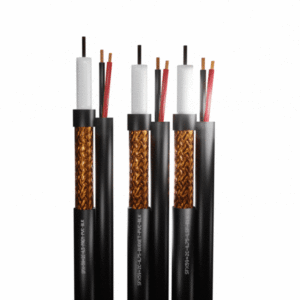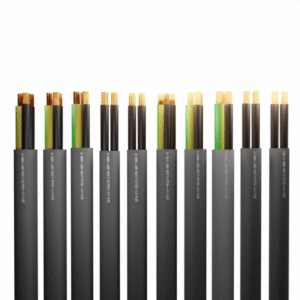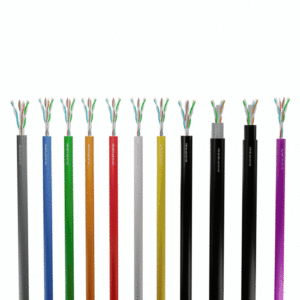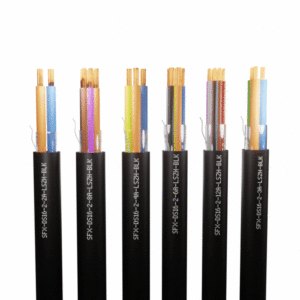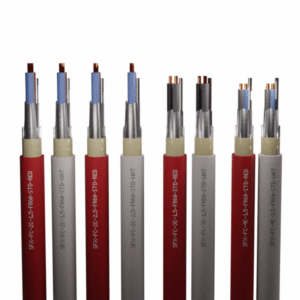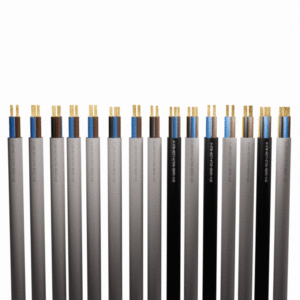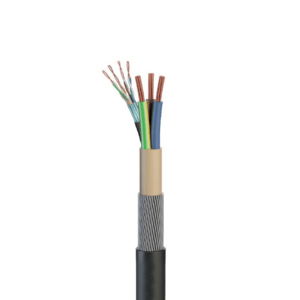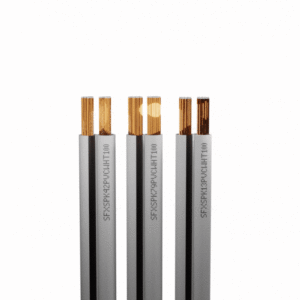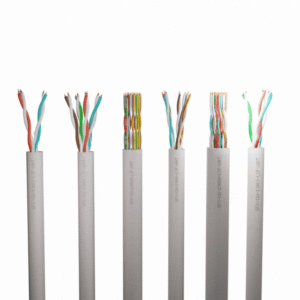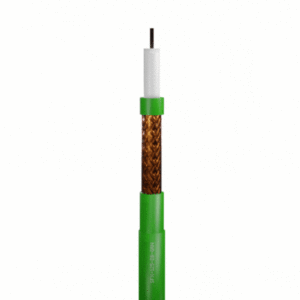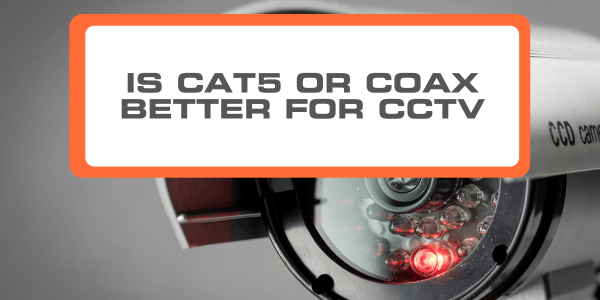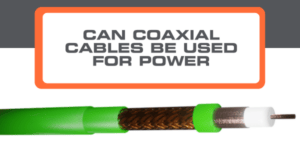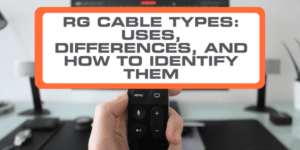For CCTV applications, there are a few different kinds of cables that fit the job, but one of the main questions you’ll be sure to encounter is – which is better for your CCTV system, Cat5 or Coax?
In this guide, we’ll go over what each type of cable does, as well as the features and benefits of each, so that you’re as informed as possible to decide which is best for you.
What is Cat5?
Cat5 is a type of data cable that is most often used for internet and networking applications, for example in large offices or other areas where lots of computers need to access the same network. This being said, Cat5 can also be used for video applications, for example CCTV.
Features & Benefits of Cat5 Cables
Cat5 cables are available in a few different varieties, but the main ones used today are FTP and U/UTP.
‘FTP’ stands for Foiled Twisted Pairs, meaning that each individual pair of twisted wires is wrapped in a protective foil shield. This prevents the wires from electrical interference and crosstalk with adjacent pairs or other nearby cables.
‘U/UTP’ stands for Unshielded Twisted Pairs, so while there is no shielding within the cable, the twisted wire pairs create a balanced transmission line and prevent crosstalk between adjacent pairs and other nearby cables.
There are a few benefits to using Cat5 cables for CCTV applications. The main advantage is that Cat5 allows for long-distance video transmission – it can be used in runs over 1000m! Cat5 cables can also be used both to power the camera and transmit the video signal in the same run, whereas coaxial cables will need a separate power cable. Finally, Cat5 cables tend to be more cost-effective than coax cables.
What is Coax?
Coaxial cables, known in the industry simply as coax, are a type of cable featuring a shielded design, which allows the copper core to transmit data as quickly as possible without signal loss. Coax has been used in the industry for years, powering both low- and high- speed video applications, depending on the cable.
Features & Benefits of Coax
Coax cables generally feature a high-quality copper core within shielding, which helps to transmit the video signal as quickly as possible without signal loss. They’re also available in shotgun constructions if this is needed, with a power cable.
The main benefit of using Coaxial cables for CCTV is that they’re as durable and high-quality as alternative cables whilst also being cost-effective. A shotgun cable is a particularly cost-effective choice for CCTV, as it allows the camera to both be powered, and show and record video without needing to buy more than one cable.
Which Cable is Best for CCTV?
The decision as to which type of cable should be used for CCTV applications ultimately falls to what your priorities are. Coax cables have been the industry standard for CCTV for years, so it’s clearly a reliable option. However, Cat5 cables have become more popular in recent years, and if you’re looking for cables for long-distance applications, Cat5 may be your best bet.
If you have any further questions or would like to learn more about our cables, then click here to speak to someone from our friendly team. We’re always happy to help!

